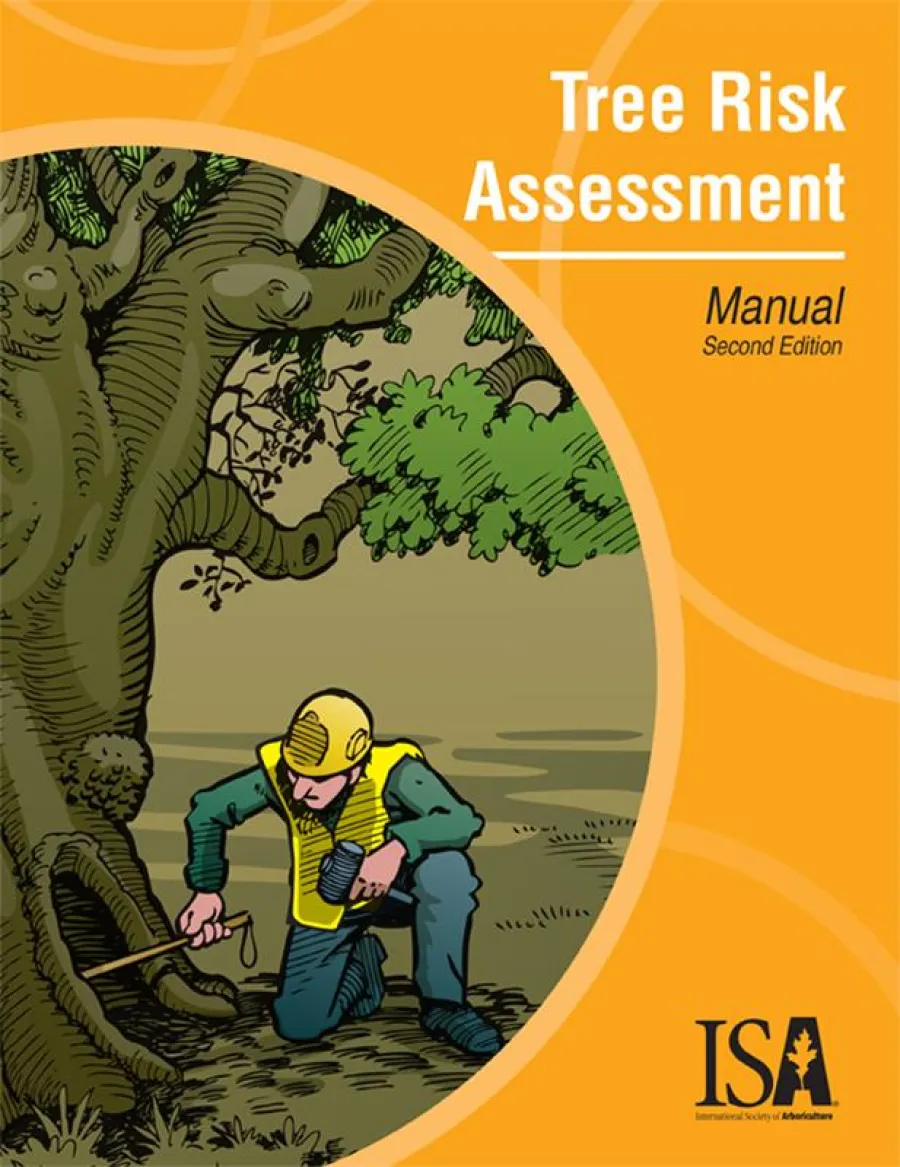Tree Hazard Evaluations
Metro Atlanta
"If a tree falls in the forest..." - the old adage could have had a different outcome if an Arborist with some specialized training was involved...

What is a Tree Hazard Assessment?
What is the hazard rating system for Trees?
While it is not possible to know every risk involved with every tree, there is a further qualification (available from the International Society of Arboriculuter (ISA) known as TRAQ) that a Certified Arborist can complete that covers the steps providing a systematic and structured approach to assess the risks and developing a plan to manage the same.
These steps are based in science and arboriculture, and are not driven by aesthetics and simple client desire when suggesting removal of a high risk tree.
Risk assessment is not always necessary, but when it is - be sure that you are dealing with an Arborist with the TRAQ qualification. Caldwell Tree Care has several on staff.
What are the indicators of a hazardous tree?
A hazard tree is a tree that poses a risk to people, property, or infrastructure due to structural defects or other factors. Here are some common indicators of a hazard tree:- Visible damage: This includes cracks, splits, or cavities in the trunk, large broken or hanging branches, and other visible signs of decay or damage.
- Dead or dying branches: Dead branches, especially those near the top of the tree, can be a sign of poor health or structural instability.
- Root damage: Damage to the root system, such as from construction, erosion, or disease, can compromise the tree's stability and make it more likely to fall.
- Poor architecture: Trees with poor architecture, such as a leaning trunk or an unbalanced canopy, may be more prone to failure.
- Disease or insect infestation: Certain diseases and insect infestations can weaken a tree and make it more likely to fail.
- Proximity to targets: A tree that is close to a target, such as a building, road, or power line, may be more likely to cause damage if it falls.
- Age: Older trees may be more prone to structural defects and decay, making them more likely to fail.